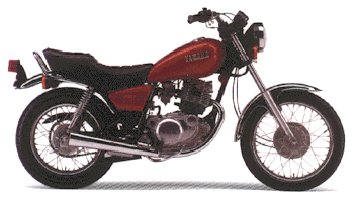Hi all,
I'm a new fellow: nice forum
I'm interested to see how one could mix diesel into a gasoline motorbike engine in order to ride to the next place where you can get gasoline. In some 3rd world countries the gasoline distribution breaks down (no deliveries for a while), and you can get stuck on some long sections if you have a gasoline engine. But you can almost always find diesel, most long distance transport is by diesel: buses and trucks.
My bike can run on about 85-90 octane (antiknock sensor, fuel injected etc). I am estimating that I could add a small amount of diesel (up to 5-10%) to my gasoline before the low effective-octane of diesel (about 20) starts causing a problem.
I was thinking that maybe I could carry a small amount of octane booster (high concentration tetra-ethyl lead (TEL) etc) in order to add more diesel. It would be worth it to carry up to say 1 litre of octane booster as a sort of emergency reservoir (it's a tradeoff of weight/volume versus risk of actually ever needing it).
Some people in the UK (TetraBoost) sell TEL in an alcohol base. I'd like to get a higher concentration of TEL if I could. Or something even more powerful.
Any ideas?
Thanks.
Alan Jarvis
I'm a new fellow: nice forum
I'm interested to see how one could mix diesel into a gasoline motorbike engine in order to ride to the next place where you can get gasoline. In some 3rd world countries the gasoline distribution breaks down (no deliveries for a while), and you can get stuck on some long sections if you have a gasoline engine. But you can almost always find diesel, most long distance transport is by diesel: buses and trucks.
My bike can run on about 85-90 octane (antiknock sensor, fuel injected etc). I am estimating that I could add a small amount of diesel (up to 5-10%) to my gasoline before the low effective-octane of diesel (about 20) starts causing a problem.
I was thinking that maybe I could carry a small amount of octane booster (high concentration tetra-ethyl lead (TEL) etc) in order to add more diesel. It would be worth it to carry up to say 1 litre of octane booster as a sort of emergency reservoir (it's a tradeoff of weight/volume versus risk of actually ever needing it).
Some people in the UK (TetraBoost) sell TEL in an alcohol base. I'd like to get a higher concentration of TEL if I could. Or something even more powerful.
Any ideas?
Thanks.
Alan Jarvis

